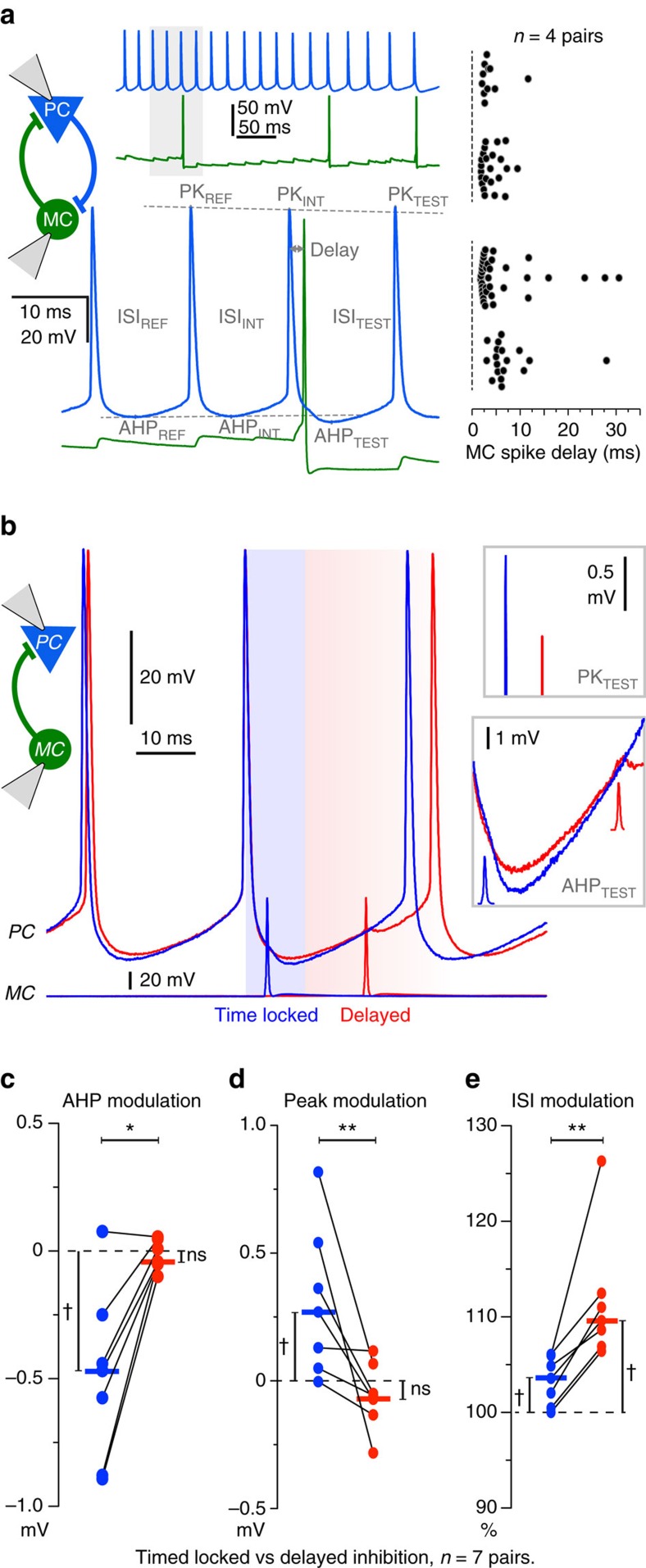Figure 8. Timing dependence of inhibition.
(a) MC recruitment by a PC in a reciprocally connected pair (top left). Magnification of a MC-spike evoked by PC firing at short latency (bottom). The MC-spike alters the PC-spike AHP (AHPTEST), the PC-spike peak (PKTEST) and the PC ISI (ISITEST) according to the delay after the PC-spike PKINT. Dotted lines indicate the extrapolated level for PKTEST and for AHPTEST. Right, MC firing triggered by PC spikes in n=4 PC–MC pairs. 84% of MC spikes have a delay of <8 ms after a PC spike (65 out of 77 spikes; n=4 pairs). (b) Spike timing-dependent MC inhibition was tested in unidirectionally connected MC-to-PC pairs. Drifting single MC spikes were triggered during sustained PC firing (30–50 Hz). Two sweeps of PC firing are shown (one in blue, one in red), with the corresponding MC spikes at the bottom. For the blue voltage trace, the PC-spike to MC-spike delay was short (‘time locked’; delay <10 ms, similar to reciprocal connections as in a). For the red voltage trace (‘delayed’), the MC-spike delay exceeded 10 ms. (c–e) Differential effect of short latency versus long latency inhibitory modulation of AHP, peak and ISI of PC spikes (30–50 Hz; n=7). (c) The PC AHP was more hyperpolarized for short latency, time-locked MC spikes (blue) but not for delayed (red) MC spikes (n=7, *P<0.05). The modulation of the PC-spike AHP was calculated as (AHPTEST−AHPINT)−(AHPINT−AHPREF). (d) The PC-spike peak after a MC-spike was higher for timed locked but not for delayed inhibition (n=7, **P<0.01). Peak modulation was calculated as (PKTEST−PKINT)−(PKINT-PKREF). (e) The PC ISI increased more for delayed than for time-locked inhibition (n=7, **P<0.01). ISI change was calculated as 100 × (ISITEST/ ISIINT)/(ISIINT/ISIREF). Each dot indicates the mean for one pair. Horizontal bars are medians. The median-null difference was assessed with a Wilcoxon-signed rank test (†P<0.05) and the relative difference between short- and long-latency inhibition with a Wilcoxon matched-pairs signed rank test (*P<0.05, **P<0.01). AHP, after hyperpolarization; ISI, interspike interval; PK, peak.

